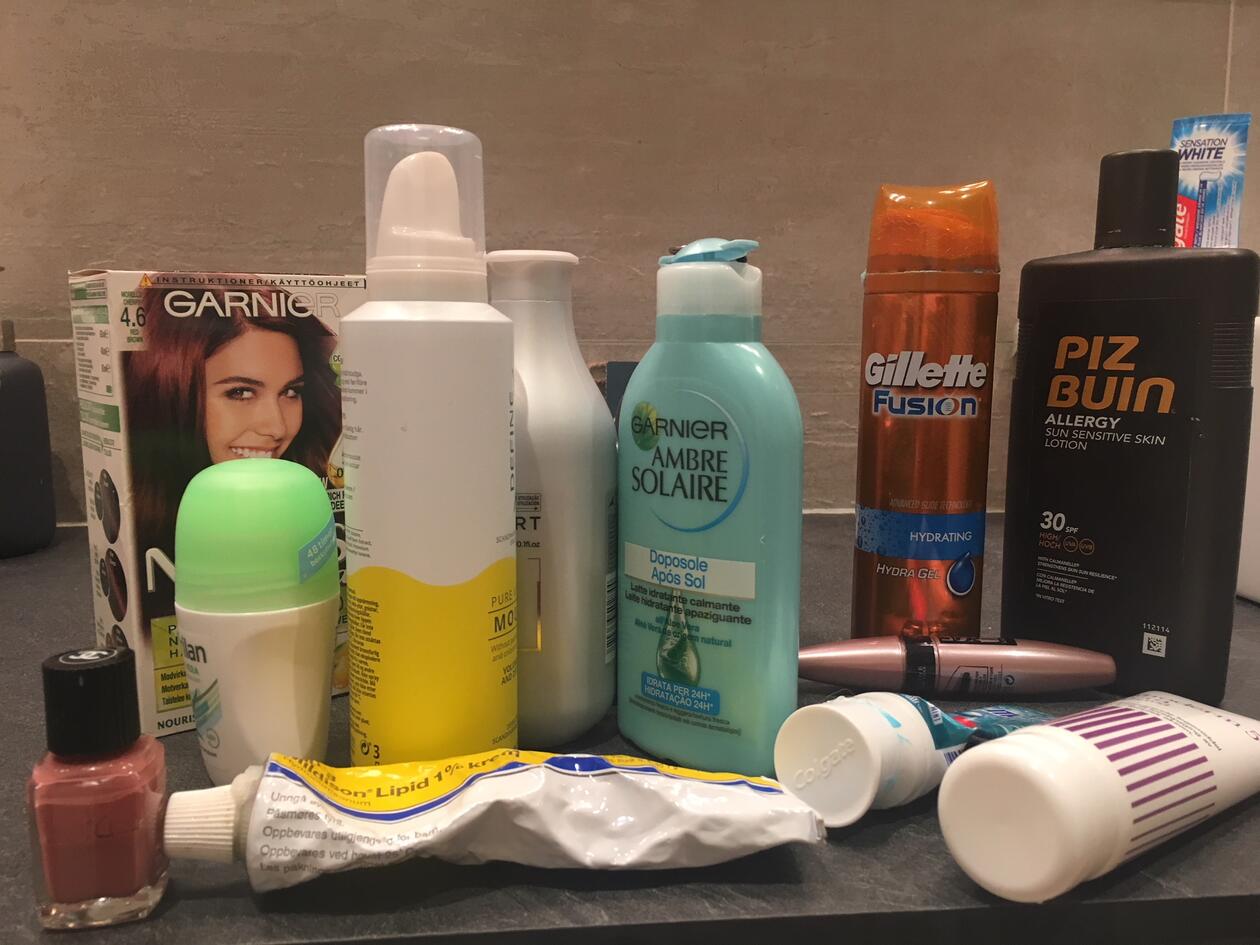Antibacterial chemicals, bacteria and eczema

Main content
We are every day exposed to many chemicals in occupational settings and in our everyday life – through foods, cosmetics, and other consumer products. Many of the chemicals that are used as preservatives in personal care product have antibacterial properties.
Oral or dermal exposure to these compounds may affect the microbiome composition on the skin or in the oral cavity. We wanted to study whether a change in the bacterial community may acerbate or increase the risk of allergy and eczema.
In this PhD-project we aim to assess how these chemicals affects bacterial composition in the oral cavity and on the skin and described the association between bacteria and allergic and respiratory diseases such as eczema, allergy, and asthma.
In the population-based study on children, adolescents, and adults – the RHINESSA study in Bergen, we have analyzed urinary biomarkers of chemical exposures, with a particular focus on chemicals that are used in personal care products. We find clear distinction in the reported use of personal care products between men and women, with women reported a much more frequent used of most cosmetic products, which also explains the much higher urinary concentrations of these chemicals in women compared to men.
It has recently been reported that some of these chemicals are stored in fatty tissue, and in our study a higher BMI is associated with lower concentration of excreted chemical in urine. Exposure to the antibacterial chemicals is also found to affect oral bacterial composition.
We have also described how use of disinfectants and hand sanitizers affect hand eczema and bacterial composition on the skin. In another study performed during the Covid-19 pandemic we explored how more frequent use of hand hygiene measures and face mask can lead to skin symptoms in health care workers.
Hilde Kristin Vindenes will defend her PhD-thesis on March 8 2024. The title of her thesis is "Occupational and environmental exposures: Impact on skin and associations with skin microbiome"
Publications related to the project
1. Exposure to environmental phenols and parabens, and relation to body mass index, eczema and respiratory outcomes in the Norwegian RHINESSA study. Vindenes HK, Svanes C, Lygre SHL, Real FG, Ringel-Kulka T, Bertelsen RJ. Environ Health (2021): 20(1):81. doi: 10.1186/s12940-021-00767-2. Fulltext: https://pubmed.ncbi.nlm.nih.gov/34256787/
2. Prevalence of, and work-related risk factors for, hand eczema in a Norwegian general population (The HUNT Study). Vindenes HK, Svanes C, Lygre SHL, Hollund BE, Langhammer A, Bertelsen RJ. Contact Dermatitis (2017): 77(4):214-223. doi: 10.1111/cod.12800. Fulltext: https://pubmed.ncbi.nlm.nih.gov/28449354/
3. Exposure to Antibacterial Chemicals Is Associated With Altered Composition of Oral Microbiome. Vindenes HK, Lin H, Shigdel R, Ringel-Kulka T, Real FG, Svanes C, Peddada SD, Bertelsen RJ. Front Microbiol (2022): doi: 10.3389/fmicb.2022.790496. eCollection 2022. Fulltext: Exposure to Antibacterial Chemicals Is Associated With Altered Composition of Oral Microbiome - PMC (nih.gov)
4. Changes in Infection Prevention Practices and Occurrence of Skin Symptoms among Healthcare Workers, Cleaners and Day-care Workers in Norway during the COVID-19 Pandemic. Vindenes HK, Bertelsen RJ, Lygre SHL, Morken T, Møllerløkken OJ, Irgens-Hansen K. Acta Derm Venereol (2023): doi: 10.2340/actadv.v103.3420. Fulltext: Changes in Infection Prevention Practices and Occurrence of Skin Symptoms among Healthcare Workers, Cleaners and Day-care Workers in Norway during the COVID-19 Pandemic | Acta Dermato-Venereologica (medicaljournalssweden.se)
